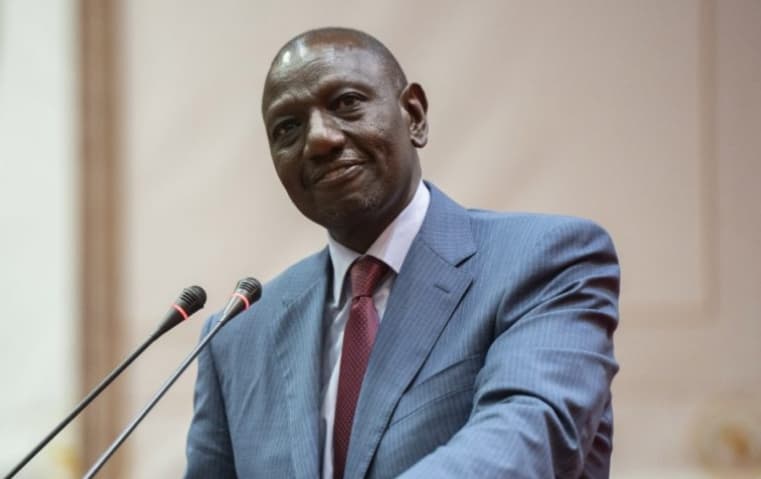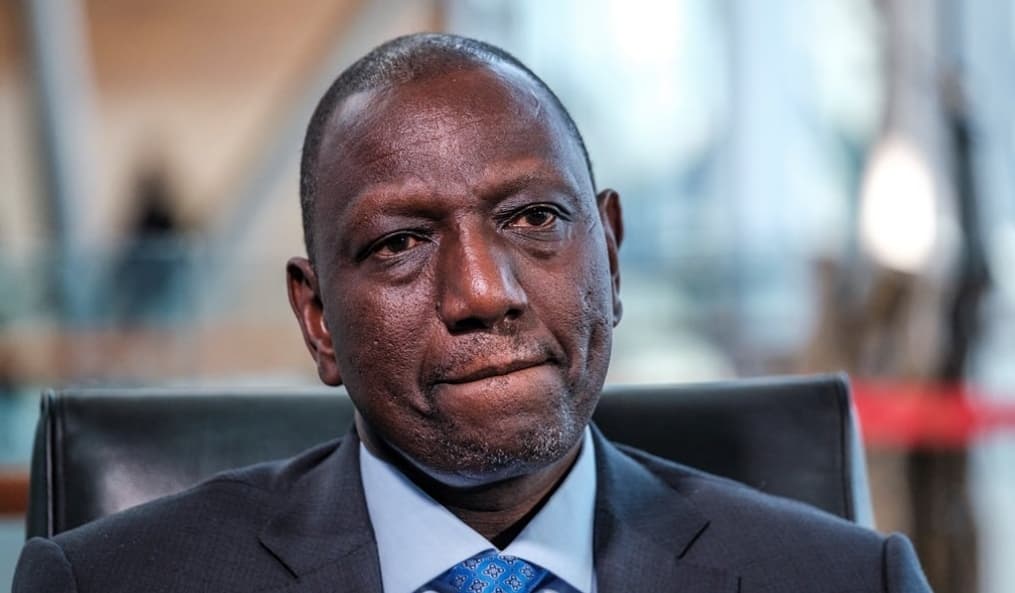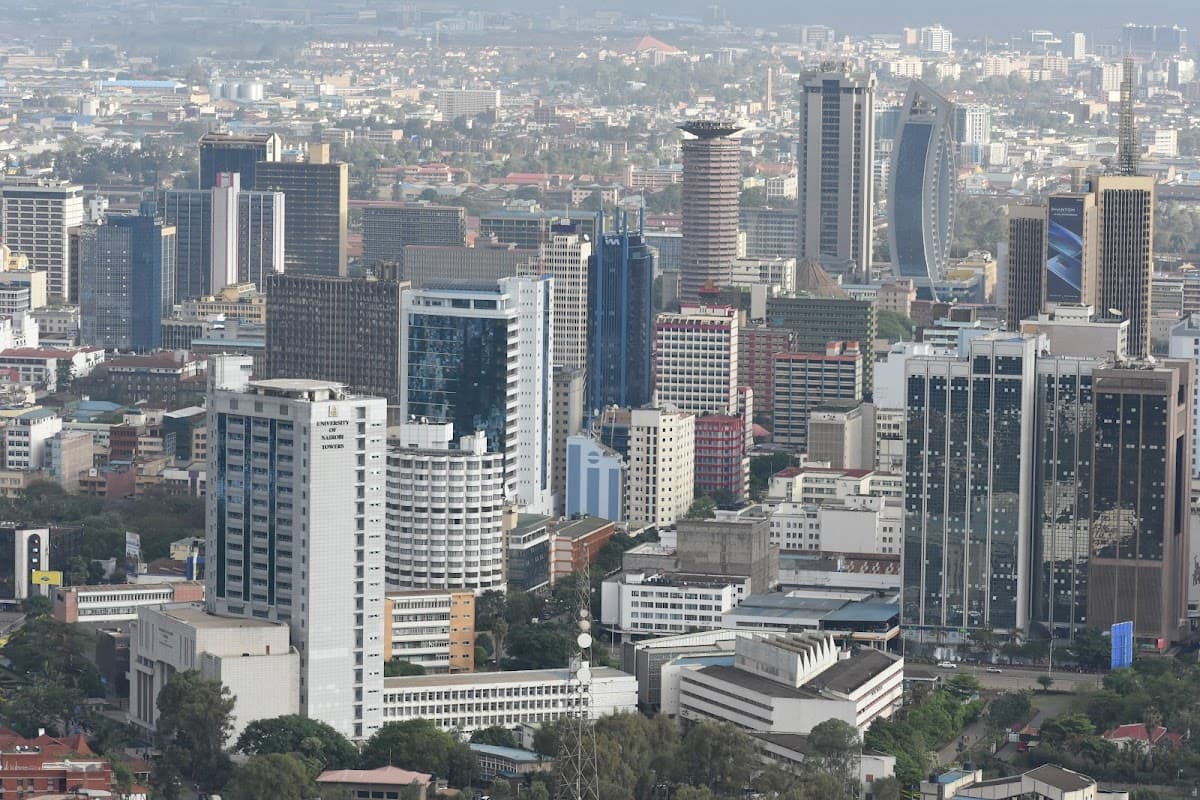KENYAN Youths are grappling with high unemployment despite majority holding various Academic credentials, pushing them to seek alternative means to earn a living.
A recent survey has revealed that most employed Kenyan youths earn less than Ksh 30,000 per month.
According to the Geo Survey seen by JULISHA.CO.KE, only 20 Per Cent of youths with jobs in the country earn between Ksh 30,000 and Ksh 50,000, while just 6% make over Ksh 150,000 monthly.
The National Council for Population and Development (NCPD) notes that while youth (aged 18-34) constitute 35% of the population, they face an alarming 67% unemployment rate.
Over a million young people enter the labor market annually, yet formal job opportunities remain scarce, pushing many to explore alternative income streams.
According to the Survey, a striking 71% of respondents reported having side hustles to supplement their income, reflecting the adaptability and resilience of Kenyan youth. Popular side hustles include retail, agriculture, and technology ventures.
A significant 87% of surveyed youths expressed interest in starting their own businesses, with 56% aiming to run enterprises full-time and 39% seeking part-time entrepreneurship opportunities.
Access to grants and loans was highlighted as the most critical need for aspiring entrepreneurs, with 82% identifying it as essential for business success.
Over half (51%) of respondents valued mentorship and guidance, emphasizing the importance of structured support systems for entrepreneurial growth.
Skill-based training, vocational programs, and favorable policies are crucial in bridging gaps in employability and encouraging business innovation among the youth.
A majority of respondents (70%) held college degrees. Of the survey participants, 63% were male and 37% female, with most aged 25-35 years.
The survey paints a picture of a determined and entrepreneurial Kenyan youth population, grappling with systemic challenges but showing remarkable resilience.
Kenya's mass closure of companies amid rising unemployment reflects deeper structural challenges in the country's economic fabric, signaling a need for urgent policy intervention.
This trend can be traced to systemic issues, including inconsistent regulatory frameworks, high electricity costs at $0.17 per kilowatt-hour (nearly five times higher than Egypt and Ethiopia), coupled with an unpredictable tax regime, limited access to affordable credit for SMEs, and the spillover effects of global economic volatility.
Historically, Kenya has relied heavily on private-sector-driven growth, with SMEs accounting for approximately 80% of employment.
However, persistent challenges such as high taxation, unpredictable policy shifts, and inflationary pressures have eroded business confidence.
A key issue is the government's high appetite for borrowing from the domestic market, which crowds out private-sector borrowers, particularly SMEs.
As of 2024, Kenya's domestic debt stood at KES 5.7 trillion, with banks channeling up to 55% of their lending portfolios to government securities, attracted by rates as high as 14.5% on treasury bonds—significantly higher than the average SME lending rates of 12-13%, which also carry higher risk.
This preference highlights a systemic issue where low-risk, high-return government borrowing stifles private-sector access to affordable credit, leaving SMEs struggling for capital.
The government's pledge on Prioritizing Youth employment has not helped ease the high rate of joblessness despite exporting labour and banking on the Housing Project to provide jobs.
Kenya has the opportunity to unlock the full potential of its youth and foster a robust economic future by addressing barriers such as access to capital, mentorship, skill development and Taxation Policy Shift.







